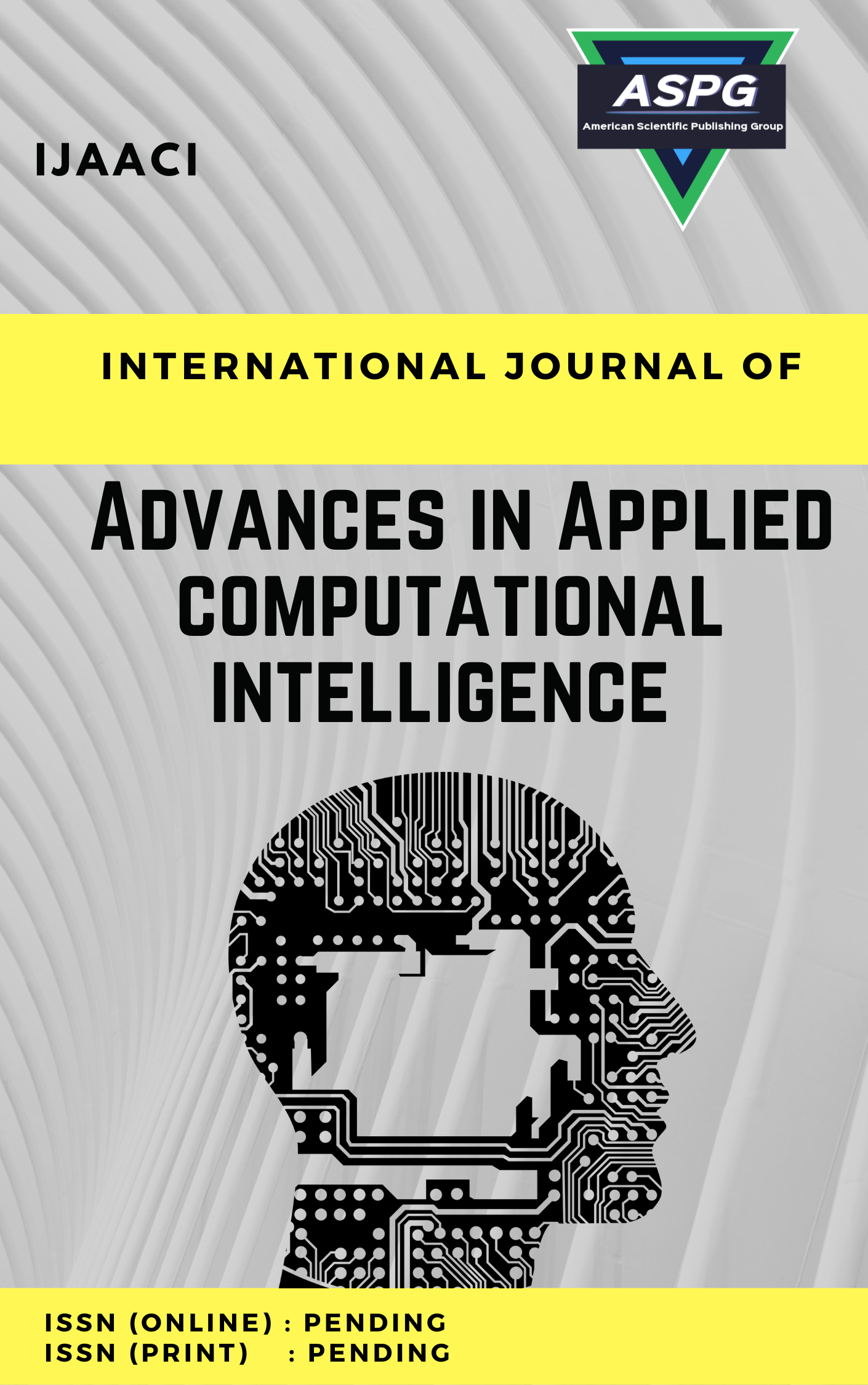

Volume 4 , Issue 1 , PP: 37-46, 2023 | Cite this article as | XML | Html | PDF | Full Length Article
Ahmed Abdelhafeez 1 *
Doi: https://doi.org/10.54216/IJAACI.040104
Industry 4.0, also known as the fourth industrial revolution, is a concept that refers to an increased degree of automation with the purpose of increasing operational productivity and efficiency in an industry by integrating the virtual and physical worlds. As a result of the inability of Industry 4.0 to answer and fulfill the rising demand for personalization, the phrase "Industry 5.0" was established to address personalized production and to empower individuals in the manufacturing process. The introduction of the phrase "Industry 5.0" has been met with various perspectives about how it should be defined and what aspects of coexistence between people and robots should be prioritized. This acts as the impetus for this work in identifying and analyzing the many topics and research trends of what Industry 5.0 is employing text mining tools and methodologies. In this article, a comprehensive discussion of the possible applications of Industry 5.0, including intelligent healthcare, cloud manufacturing, supply chain management, and production in the manufacturing industry, is presented. After that, we will talk about some of the enabling technologies for Industry 5.0, such as edge computing, digital twins, collaborative robots, the Internet of Everything (IoE), blockchain, and networks that are 6G and beyond. In conclusion, we discuss a number of research obstacles and unresolved questions that need to be further investigated in order to realize the potential of Industry 5.0. In recent years, it has come to the attention of the scientific community that the concept of Industry 5.0 as a doorway leading to the connectedness and co-existence of humans and machines has been garnering a growing amount of interest.
Industry 5.0 , Supporting technologies , Manufacturing context , Artificial intelligence , Edge computing.
[1] X. Xu, Y. Lu, B. Vogel-Heuser, and L. Wang, “Industry 4.0 and Industry 5.0—Inception, conception and perception,” J. Manuf. Syst., vol. 61, pp. 530–535, 2021, doi: https://doi.org/10.1016/j.jmsy.2021.10.006.
[2] A. Akundi, D. Euresti, S. Luna, W. Ankobiah, A. Lopes, and I. Edinbarough, “State of Industry 5.0—Analysis and Identification of Current Research Trends,” Applied System Innovation, vol. 5, no. 1. 2022. doi: 10.3390/asi5010027.
[3] S. Huang, B. Wang, X. Li, P. Zheng, D. Mourtzis, and L. Wang, “Industry 5.0 and Society 5.0—Comparison, complementation and co-evolution,” J. Manuf. Syst., vol. 64, pp. 424–428, 2022, doi: https://doi.org/10.1016/j.jmsy.2022.07.010.
[4] P. K. R. Maddikunta et al., “Industry 5.0: A survey on enabling technologies and potential applications,” J. Ind. Inf. Integr., vol. 26, p. 100257, 2022, doi: https://doi.org/10.1016/j.jii.2021.100257.
[5] L. Da Xu, E. L. Xu, and L. Li, “Industry 4.0: state of the art and future trends,” Int. J. Prod. Res., vol. 56, no. 8, pp. 2941–2962, Apr. 2018, doi: 10.1080/00207543.2018.1444806.
[6] S. Huang, B. Wang, X. Li, P. Zheng, D. Mourtzis, and L. Wang, “Industry 5.0 and Society 5.0—Comparison, complementation and co-evolution,” J. Manuf. Syst., vol. 64, pp. 424–428, 2022.
[7] X. Xu, Y. Lu, B. Vogel-Heuser, and L. Wang, “Industry 4.0 and Industry 5.0—Inception, conception and perception,” J. Manuf. Syst., vol. 61, pp. 530–535, 2021.
[8] J. Leng et al., “Industry 5.0: Prospect and retrospect,” J. Manuf. Syst., vol. 65, pp. 279–295, 2022.
[9] F. Yavari and N. Pilevari, “Industry revolutions development from Industry 1.0 to Industry 5.0 in manufacturing,” J. Ind. Strateg. Manag., vol. 5, no. 2, pp. 44–63, 2020.
[10] C. Rupa, D. Midhunchakkaravarthy, M. K. Hasan, H. Alhumyani, and R. A. Saeed, “Industry 5.0: Ethereum blockchain technology based DApp smart contract,” Math. Biosci. Eng, vol. 18, no. 5, pp. 7010–7027, 2021.
[11] S. Nahavandi, “Industry 5.0—A human-centric solution,” Sustainability, vol. 11, no. 16, p. 4371, 2019.
[12] P. O. Skobelev and S. Y. Borovik, “On the way from Industry 4.0 to Industry 5.0: From digital manufacturing to digital society,” Ind. 4.0, vol. 2, no. 6, pp. 307–311, 2017.
[13] U. Al Faruqi, “Future service in industry 5.0,” J. Sist. Cerdas, vol. 2, no. 1, pp. 67–79, 2019.
[14] M. Javaid, A. Haleem, R. P. Singh, M. I. U. Haq, A. Raina, and R. Suman, “Industry 5.0: Potential applications in COVID-19,” J. Ind. Integr. Manag., vol. 5, no. 04, pp. 507–530, 2020.
[15] S. Tiwari, P. C. Bahuguna, and J. Walker, “Industry 5.0: A macroperspective approach,” in Handbook of Research on Innovative Management Using AI in Industry 5.0, IGI Global, 2022, pp. 59–73.
[16] N. Fazal, A. Haleem, S. Bahl, M. Javaid, and D. Nandan, “Digital management systems in manufacturing using industry 5.0 technologies,” in Advancement in Materials, Manufacturing and Energy Engineering, Vol. II: Select Proceedings of ICAMME 2021, Springer, 2022, pp. 221–234.
[17] E. H. Østergaard, “Welcome to industry 5.0,” Retrieved Febr, vol. 5, p. 2020, 2018.
[18] A. Akundi, D. Euresti, S. Luna, W. Ankobiah, A. Lopes, and I. Edinbarough, “State of Industry 5.0—Analysis and identification of current research trends,” Appl. Syst. Innov., vol. 5, no. 1, p. 27, 2022.